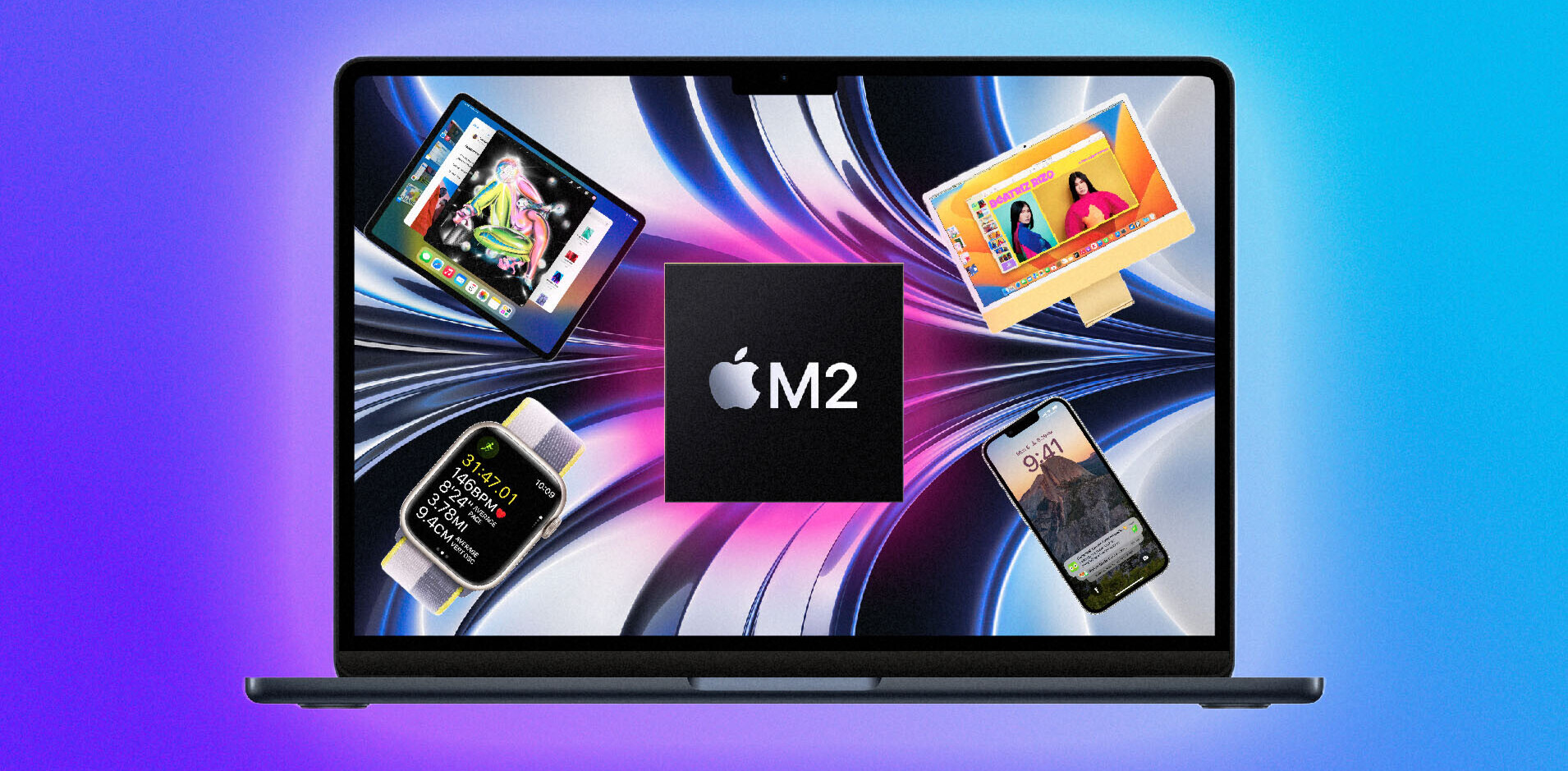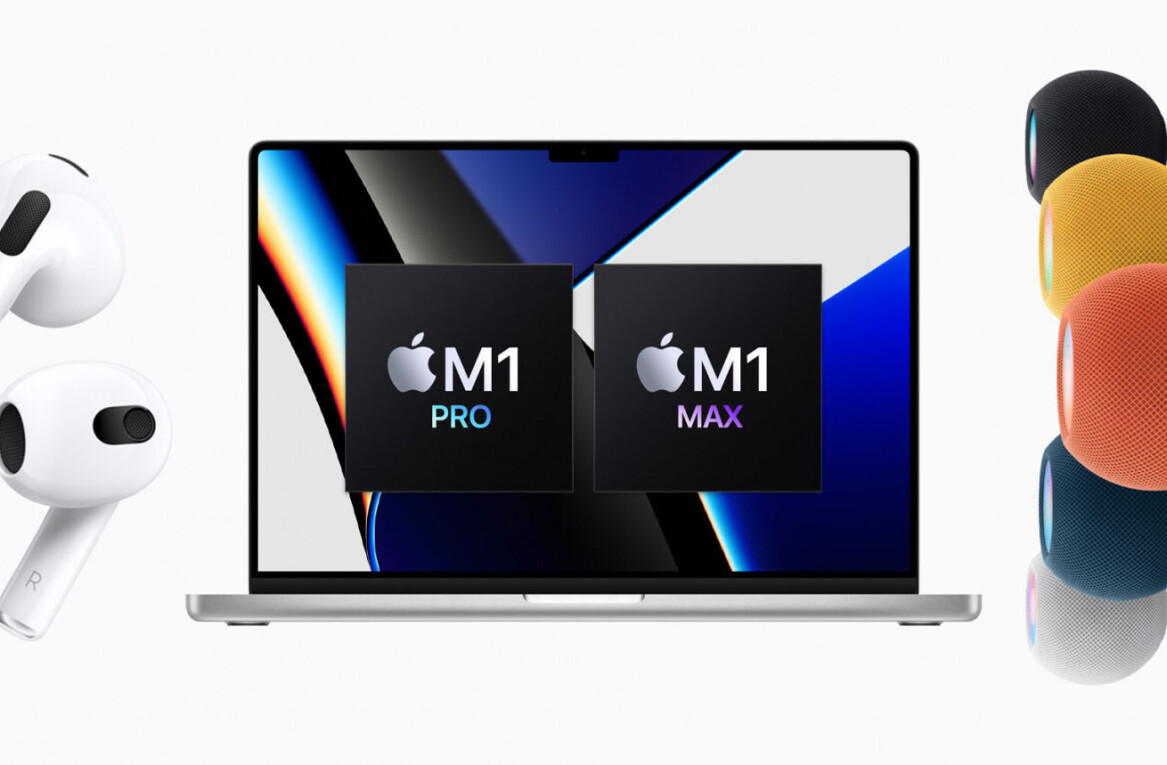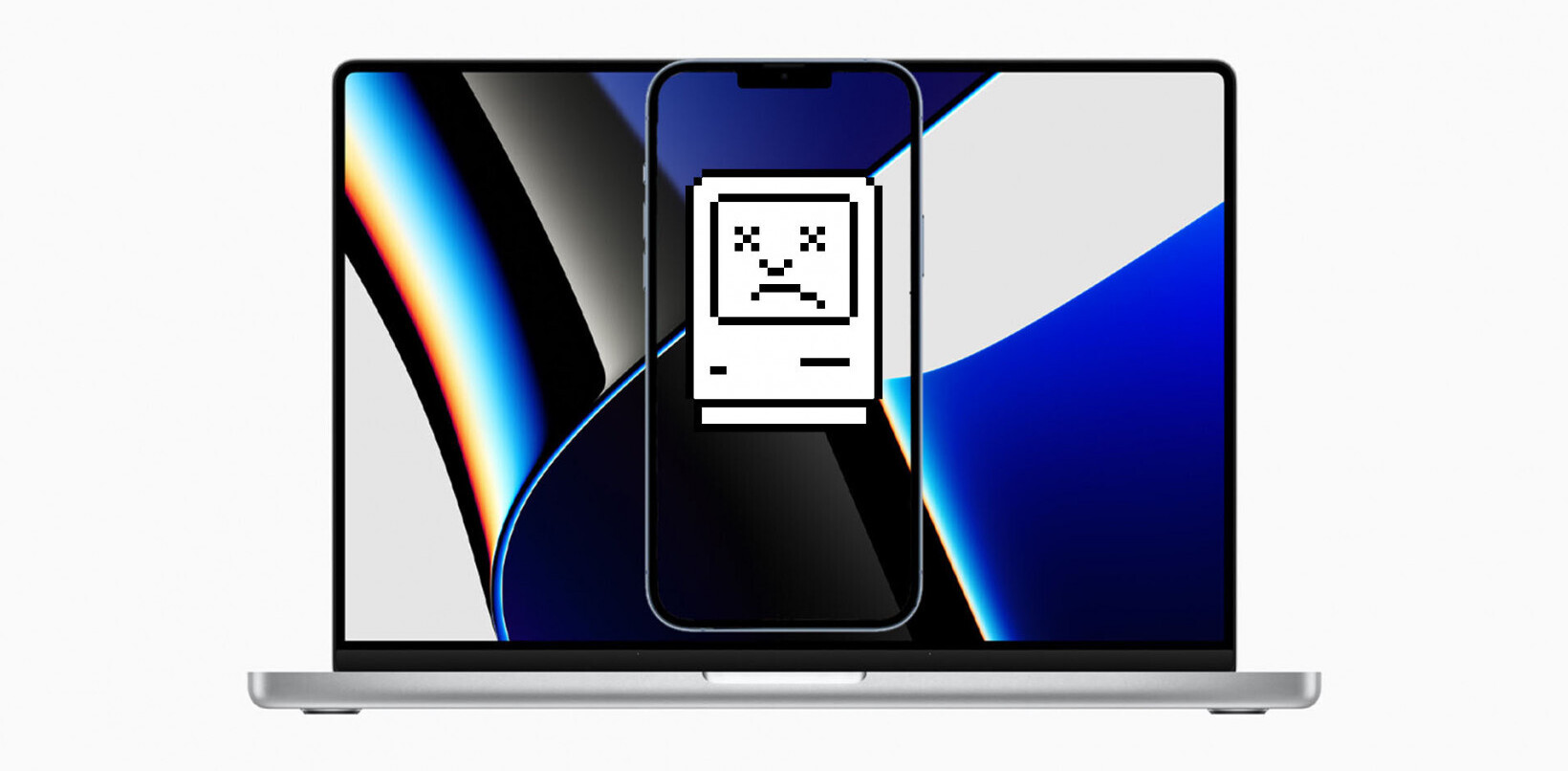

A few months before I actually got my Pro in hand, I went through a phase where I decided that I’d go for a Windows machine instead. Of course they’re almost always cheaper, so that was one huge point. Beyond that, I thought that surely there had to be a Windows machine that could “feel” like a Mac. In months of looking and playing, the closest that I found was a Sony Vaio, but even that didn’t live up to the touch of the Pro.
Then there’s the computer itself. Sure, the Pro is a bit dated in its hardware choices, even with the newest version. The optional components are hugely overpriced, and I don’t think that even the most die-hard Mac fan will deny that. But the newest version, if rumors we’re hearing are correct, might be the proverbial straw that will break the back (pocket) of Windows users.
What are we looking forward to in the next version? There are two things that stand out, and they’re both huge.
Light Peak
There’s been some talk about these massive, 1,000 CPU system that can out-clock anything on the market. However, that doesn’t take into account that every computer system has a bottleneck — an area that is the slowest point. At present, even with super-fast SSD’s and screaming processors, we’re limited by the amount of information that we can transfer across the system.
Light Peak, if it comes to fruition in the new Pro, will solve a big part of that issue. In practice, Light Peak could transfer data across the system at 10 Gbit/second, with a theoretical ceiling of up to 100 Gbit/second. That, my friends, is incredibly fast. It’s also going to be in the Pro before it goes anywhere else. Sure, it’s built by Intel and will eventually end up in other systems, it’s slated to start with Apple.
Oh, then there’s another selling point — Light Peak is meant to replace every single connection in your computer. HDMI, SATA, eSATA and even USB can all be covered by Light Peak technology, eliminating the need for multiple cables and connections.
SSD Cards
If you’ve missed the news, the new MacBook Air line is kicking some serious tail. With specifications that are considerably lower than even the newest Pros, users are reporting that the Air has become their machine of choice for daily use because it simply seems to be running faster. The question, of course, is why.
The numbers don’t lie — The Air actually does beat the 13″ Pro, which was equipped with a 2.4 GHz Core 2 Duo. Beyond that machine, the Pro wins hands down, as long as you’re talking about a Pro that’s equipped with an SSD. Pitting any standard 4200, 5400 or even 7200 RPM drive against an SSD is just an unfair comparison.
Regardless of the numbers, though, the reason that the Air seems speedy is likely due to its SSD card. Instead of being a standard SATA drive, the SSD plugs directly into the logic board and as such should have higher potential throughput. Given a few months to tweak the workings of this interface, it’s almost certain that an SSD card-equipped MacBook Pro would run circles around anything else on the market.
The Boot Camp Factor
Ever since Macs started using Intel CPU’s, and then intervention of Boot Camp, running Windows natively on a Mac has been a breeze. There are even scripts that will allow you to reboot directly into Windows with a few keystrokes. Anymore, it’s not an issue of making things work out, it’s a matter that it just works and works very well.
So don’t write off the idea of purchasing the new MacBook Pro to run Windows. Shop around all you want. It will be extremely difficult, if not impossible, to find a machine that’s built as well and would run your Windows installation with such “magical” ability.
Get the TNW newsletter
Get the most important tech news in your inbox each week.




